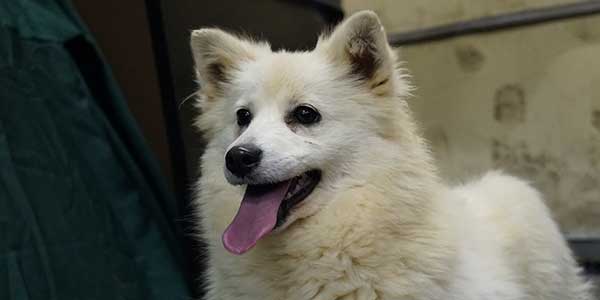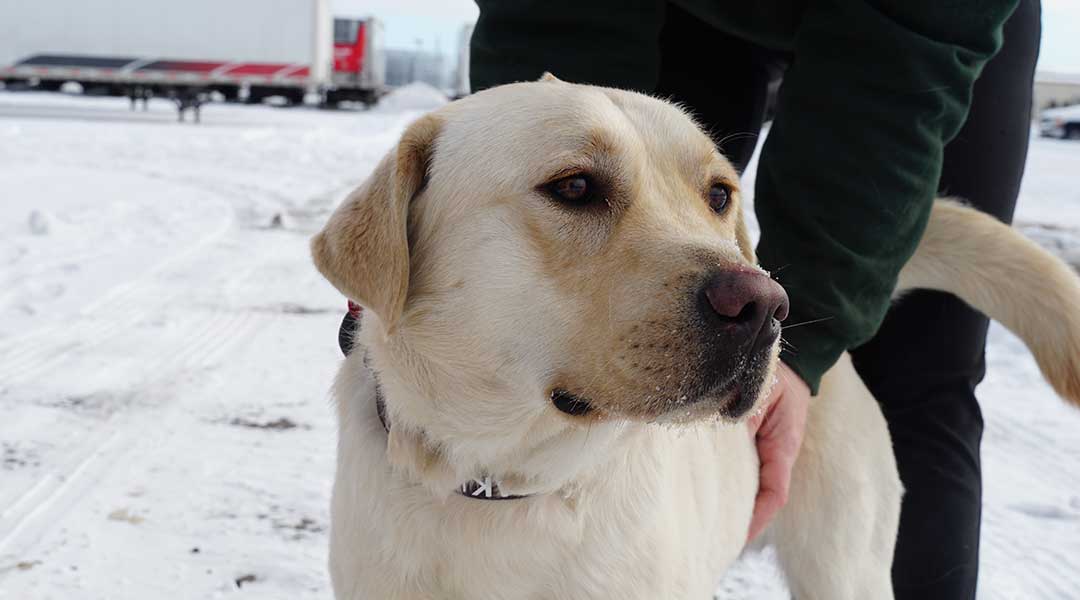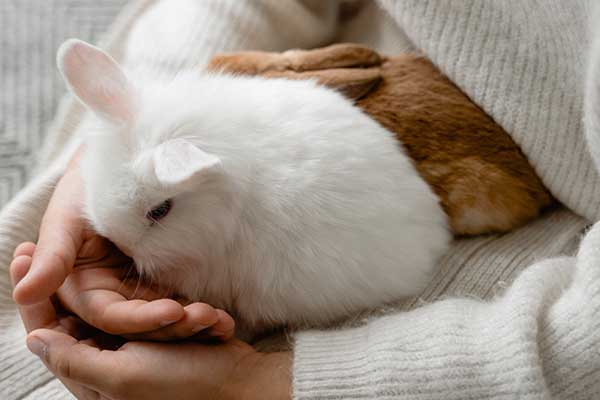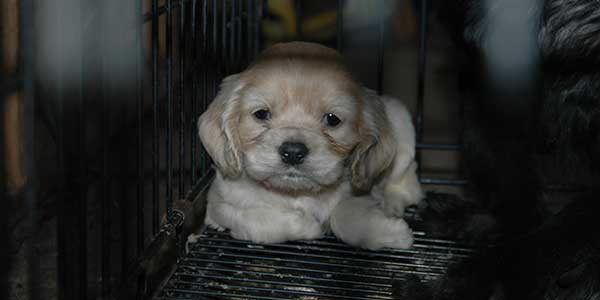Why You Should Spay or Neuter Your Pet
Overview
The choice to spay or neuter your pet may be one of the most important decisions you make impacting their long-term health—and your wallet!

Your Pets Health and Longevity
Another study, conducted by Banfield Pet Hospitals on a database of 2.2 million dogs and 460,000 cats reflected similar findings, concluding that neutered male dogs lived 18% longer and spayed female dogs lived 23% longer. Spayed female cats in the study lived 39% longer and neutered male cats lived 62% longer.
The reduced lifespan of unaltered pets can, in part, be attributed to an increased urge to roam. Such roaming can expose them to fights with other animals, resulting in injuries and infections, trauma from vehicle strikes and other accidental mishaps.

A contributor to the increased longevity of altered pets is their reduced risk of certain types of cancers. Intact female cats and dogs have a greater chance of developing pyometra (a potentially fatal uterine infection) and uterine, mammary gland and other cancers of the reproductive system. Neutering male pets eliminates their risk of testicular cancer and eliminates the possibility of developing benign prostatic hyperplasia which can affect the ability to defecate.
A handful of studies may appear to challenge the health benefits of widespread spaying/neutering of companion pets by raising concerns that these surgeries may predispose some altered dogs to certain orthopedic conditions and cancers. As a result, they have caused some pet owners to question altering their pets at an early age or altering them at all. However, on closer examination, the results of these studies pertain specifically to male dogs of certain giant breeds (dogs typically weighing 90-100 pounds or more) and their conclusions should not be generalized to other breeds of dogs, or to other species, including cats.
Studies on this subject are mostly retrospective in nature, meaning they are looking at existing research data. Therefore, while they evaluate for associations between a cause and an outcome, they cannot definitely establish causality. It’s also important to understand that while a study can find something to be statistically significant, it does not always mean there is a clinically significant difference. While all study designs have benefits and challenges, there is a need for repeatable prospective studies (new research) done by a variety of researchers in various geographic locations and with significant sample sizes to provide stronger data in all aspects of this subject.
Weight gain after spay/neuter can occur in both dogs and cats because of decreased metabolism and maturation. It is important to monitor a pet’s weight following surgery and adjust their diet appropriately with the help of a veterinarian to prevent weight gain.
These are the best general recommendations that can be drawn from a thorough analysis of research currently available:
- Owned cats should be altered before they are 5 months old as they can become pregnant at 4 months of age and older.
- Owned female dogs should be spayed before they are 5 months old.
- Owned small, medium and large breed male dogs should be neutered before they are 5 months old.
- Owned giant breed male dogs who are house pets should be neutered after growth stops, between 12 to 15 months of age due to orthopedic concerns.
- Owned giant breed male dogs who roam freely should be neutered before they are 5 months old due to the population concerns of unintended breeding.
- Shelter animals should be altered prior to adoption—ideally, as early as 6 weeks old.
- Community cats should be altered via TNR (trap-neuter-return) at any age after 6 weeks old.
Curb Unwanted Behaviors
Intact dogs are more prone to urine-marking than neutered dogs. Although urine-marking is usually associated with male dogs, females may do it too. Spaying or neutering your dog should reduce urine-marking and may even stop it altogether.
For cats, the urge to spray is extremely strong in those not altered, so the simplest solution is to alter by 5 months old before the problem arises. Neutering solves 90% of all marking issues, even in cats who have been doing it for a while. It can also minimize howling, the urge to roam and fighting with other males.
In both cats and dogs, the longer you wait, the greater the risk of the surgery not doing the trick because the animal has practiced the behavior for a longer period of time, thereby reinforcing the habit.
Other behavioral problems that may be alleviated by spay/neuter include:
- Certain types of aggressive behavior.
- Roaming, especially when females are in heat.
- Excessive barking and mounting activity.
- In-heat behaviors such as yowling/vocalizing, rolling and demanding behaviors.
Cut Costs
Caring for a pet with reproductive system cancer or pyometra can easily run thousands of dollars—five to 10 times as much as a routine spay or neuter surgery. In cases where intact dogs and cats may fight, treatment of their related injuries can also result in high veterinary costs.
Spay or Neuter Pet Rabbits
It’s also important to spay or neuter pet rabbits. Rabbits reproduce faster than dogs and cats and, in some regions, are the second most frequent species surrendered to shelters. Neutering male rabbits can also reduce hormone-driven behaviors such as lunging, mounting, spraying and boxing.
And as with dogs and cats, spayed female rabbits are less likely to get ovarian, mammary and uterine cancers which can be prevalent in mature intact females. Uterine cancer is the most common cancer in female rabbits, with 50-60% of intact females over the age of 4 years developing the disease.

Spread the Word

Support our Spay and Neuter Clinic Efforts
Discover More
Puppy Mills
Adoption Updates
Get an update on how some of the dogs treated at our care and rehabilitation centre are doing today.



